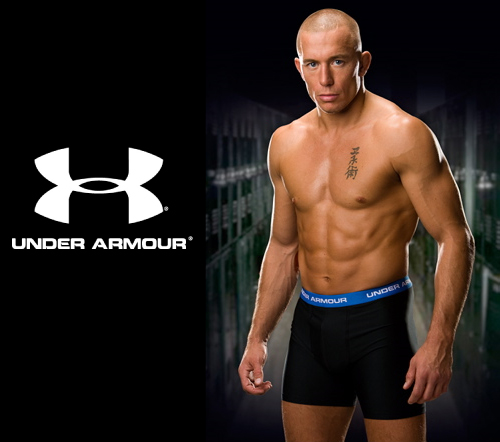
Reader Key from New Zealand comments:
Is “puffer jacket” a NOOB?… I’ve noticed several journalists using it recently; it first stood out to me in an Atlantic piece where (American) Marina Koren said Jeff Bezos was wearing a “puffer jacket” to one of his space things. I believe the usual American term is “down jacket”?
That caught my attention, first since I really wasn’t aware of the term, and second because Marina Koren was once a journalism student in the program in which I taught, at the University of Delaware.
It proves to be an interesting (to me) story. It seems to start in 1973, when an Englishwoman named Penny Rogers founded a company called Puffa in order to produce and sell a down-filled jacket. According to a 2017 article, she “was inspired by quilted jackets she saw on her travels to the US and Canada. peaked in popularity in the 1980s and 1990s, attracting high-profile fans such as Diana, Princess of Wales, and giving British model Jodie Kidd her first modelling job.”
Here’s the first interesting quirk. I would imagine Rogers chose the company’s name in recognition of the British non-rhotic pronunciation of the word “puffer”–and hence that there was already such a thing as a “puffer” or “puffer jacket.” But that does not seem to be the case. The first references I’ve been able to find to a “puffer jacket” comes from a series of advertisements in 1976-’81 from the American retailer Sears, which offered such a garment and apparently invented a name for it.

The above ad comes from the Centralia (Washington) Daily Chronicle, and according to newspapers.com was published on October 5, 1976. The OED‘s first cite for “puffer jacket” is from another Washington newspaper on October 6, 1976, which means I have antedated it by one day. Hurray for me.
As for “Puffa,” the OED defines it as “a quilted jacket or parka filled with a soft, lightweight insulating material such as down” and cites The Official Sloane Ranger Handbook in 1982: “In winter, you put on extra jumpers or a sleeveless Puffa.” “Puffa jacket” shows up in a British source in 1985; two years later, the novel The Sound of Murder, by Marjorie Hanxman, refers to “a slim young man in a puffer jacket.”
According to Google Books Ngram Viewer, “puffer jacket” overtook “puffa jacket” (and “Puffa jacket”–my search was case insensitive) in precisely 2013:

Now, as to the issue of NOOB-ness, both “puffa” and “puffer” qualify, though the former pretty much only appears in reference to the brand. Ngram Viewer shows “puffer jacket” rising steadily here since about 2000, though it’s still far outstripped by British use.

Ngram Viewer’s data only goes up to 2019, but, as Key observes, “puffer jacket” shows up even more frequently in the U.S. since then. The term appeared in the New York Times six times in 2021, and once so far this year, in a profile of the photographer Clifton Mooney (Instagram handle @gauchecowboy). The article says that Mooney photographed, “for the most recent issue of Interview, the ‘Saturday Night Live’ breakout star Bowen Yang, who wore a leather harness beneath a baby pink puffer jacket, then posted the pics to Instagram with the caption, ‘dream @gauchecowboy shots.’”
One final point. It’s significant that Key is from New Zealand because the term appears to be really popular there. Here’s the geographical breakdown of “puffer jacket” from the News on the Web (NOW) corpus, which charts websites since 2010:









 )
)

 “Colour,” of course, is the British spelling; in America–where the Farberware company has been situated since 1900–it’s “color.”
“Colour,” of course, is the British spelling; in America–where the Farberware company has been situated since 1900–it’s “color.”




